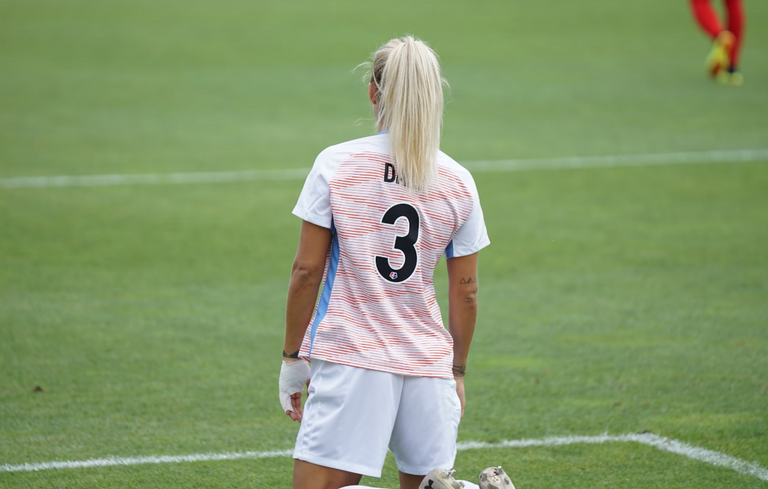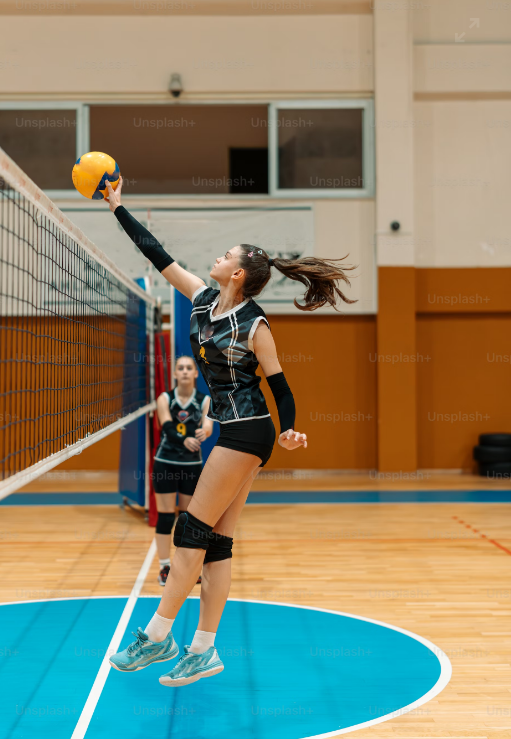Ponytails are a quick, stylish, and practical way to manage your hair. However, wearing a tight ponytail regularly might do more harm than good. From hair damage to scalp issues, the consequences of this seemingly harmless hairstyle can be significant. Here's a detailed breakdown of why tight ponytails are not good for your hair and what you can do to protect it.
1. Hair Breakage
- What Happens: Pulling your hair tightly puts excessive stress on the strands, especially at the hairline and crown.
- The Consequences: Over time, the tension can weaken the hair shafts, leading to breakage, split ends, and frizz.
- Prevention Tips: Opt for looser hairstyles and avoid using rubber bands that can snag and break your hair.
2. Traction Alopecia
- What Happens: Traction alopecia is a form of hair loss caused by prolonged tension on the hair follicles.
- The Consequences: You may notice thinning hair, especially around the temples and hairline. If untreated, it can lead to permanent hair loss.
- Prevention Tips: Avoid wearing tight ponytails every day. Alternate with loose hairstyles to relieve stress on your scalp.
3. Scalp Pain and Sensitivity
- What Happens: A tight ponytail stretches the scalp unnaturally, causing discomfort or even pain.
- The Consequences: Chronic tension can lead to headaches, sore spots on the scalp, and inflammation.
- Prevention Tips: Choose soft, elastic hair ties and avoid pulling your hair too tight. Massage your scalp regularly to improve circulation.
4. Weakens Hair Follicles
- What Happens: Constant tugging damages the hair follicles, making them weaker over time.
- The Consequences: Weak follicles are less capable of growing strong, healthy hair, leading to thinning and dullness.
- Prevention Tips: Give your hair regular breaks from tight hairstyles and nourish it with scalp treatments and oils.
5. Increased Frizz and Flyaways
- What Happens: The tension from a tight ponytail can disrupt the hair cuticle, causing strands to fray.
- The Consequences: Your hair becomes more prone to frizz, flyaways, and an overall unkempt appearance.
- Prevention Tips: Use smoothing products like leave-in conditioners and avoid brushing your hair harshly when tying it up.
6. Can Lead to Split Ends
- What Happens: The mechanical stress caused by tying your hair tightly and the friction from hair ties can cause split ends.
- The Consequences: Your hair looks unhealthy, and regular trims become necessary to manage the damage.
- Prevention Tips: Use fabric-covered or spiral hair ties and avoid tying your ponytail in the same spot every day.
7. Tension Headaches
- What Happens: Tight ponytails can pull on the scalp and surrounding muscles, triggering headaches.
- The Consequences: You might experience throbbing or a dull ache at the base of your skull or around your forehead.
- Prevention Tips: Loosen your ponytail and let your hair down whenever you start feeling tension.
8. Can Damage Baby Hair
- What Happens: The fine, delicate hairs along your hairline (baby hairs) are more vulnerable to stress from tight ponytails.
- The Consequences: These hairs can break easily or stop growing altogether, affecting the fullness of your hairline.
- Prevention Tips: Avoid slicking back your hair tightly and allow baby hairs to grow naturally.
9. Reduced Hair Volume Over Time
- What Happens: Tight ponytails put continuous pressure on specific areas of the scalp, weakening hair growth in those spots.
- The Consequences: Over time, you might notice uneven hair density or a flatter crown area.
- Prevention Tips: Vary your hairstyles to distribute pressure evenly across your scalp.
10. Can Cause Hair Elasticity Loss
- What Happens: Stretching the hair tightly for prolonged periods reduces its natural elasticity.
- The Consequences: Hair becomes brittle, less bouncy, and more prone to snapping.
- Prevention Tips: Let your hair rest in its natural state regularly and use heat protectants when styling.
Healthy Alternatives and Tips
- Looser Hairstyles: Opt for low or mid ponytails that don’t pull on your scalp.
- Protective Styles: Buns, braids, and clips can offer chic alternatives without causing as much tension.
- Gentle Hair Ties: Use soft, fabric-covered or spiral hair ties that minimize friction and tension.
- Scalp Massages: Regularly massage your scalp to relieve tension and stimulate healthy hair growth.
- Hydration and Care: Use leave-in conditioners and nourishing oils to keep your hair strong and hydrated.
When You Do Need to Tie It Tight
If a tight ponytail is necessary for certain activities like workouts:
- Use a Protective Tie: Choose a wide, soft hair tie to reduce pressure.
- Change the Placement: Shift the position of your ponytail daily to prevent stress on the same areas.
- Release Soon After: Let your hair down as soon as the activity is over to give your scalp a break.
Conclusion
While a tight ponytail may seem like a quick and practical hairstyle, wearing it too often can lead to long-term damage, from hair breakage to scalp issues. By opting for looser hairstyles and practicing gentle hair care, you can maintain the health of your hair and scalp. Treat your hair with the same care and attention as the rest of your body—it deserves it!



